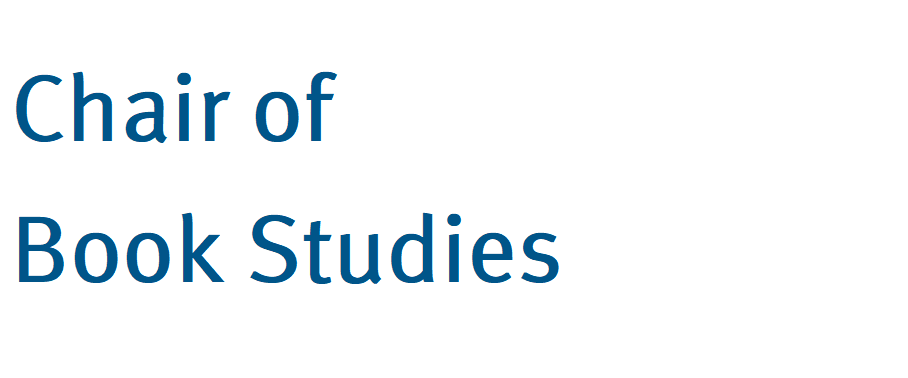

The modernist small press has traditionally been characterised as a small-scale publishing venture with a focus on the craft of printing and providing a space for avant-garde experimentation beyond the commercial publishing world. However, as recent research on the Hogarth Press (Helen Southworth, 2010; Nicola Wilson, 2012; Claire Battershill, 2018) has shown, this narrow definition cannot fully encompass the various aesthetic and economic strategies pursued by modernist small press publishers, nor the different literary marketplaces with which they engaged.
Evi Heinz's research project looks at the Hogarth Press alongside some hitherto less critically investigated small presses and explores their diverse practices and connections by re-contextualising the modernist small press within the wider creative and economic networks of the contemporary publishing landscape. In particular, the project focuses on the decade between 1915 and 1925 as a period of high activity in small press publishing in London, and on three presses that operated in the British capital during that time: Virginia and Leonard Woolf's Hogarth Press, Harriet Shaw Weaver's Egoist Press and John Rodker's Ovid Press. While all three presses were a significant part of the web of publishers that gave voice to literary modernism, they represent very different aesthetic approaches and attitudes to modes of literary production and distribution.
Using archival records to recover the frequently hidden and unexpected material interrelations between these publishers and the wider literary marketplace, this project seeks to provide the first comprehensive account of London's modernist small presses as a network which was closely enmeshed in other aspects of the contemporary book world, including fine print, the trade in erotica and political activism.


